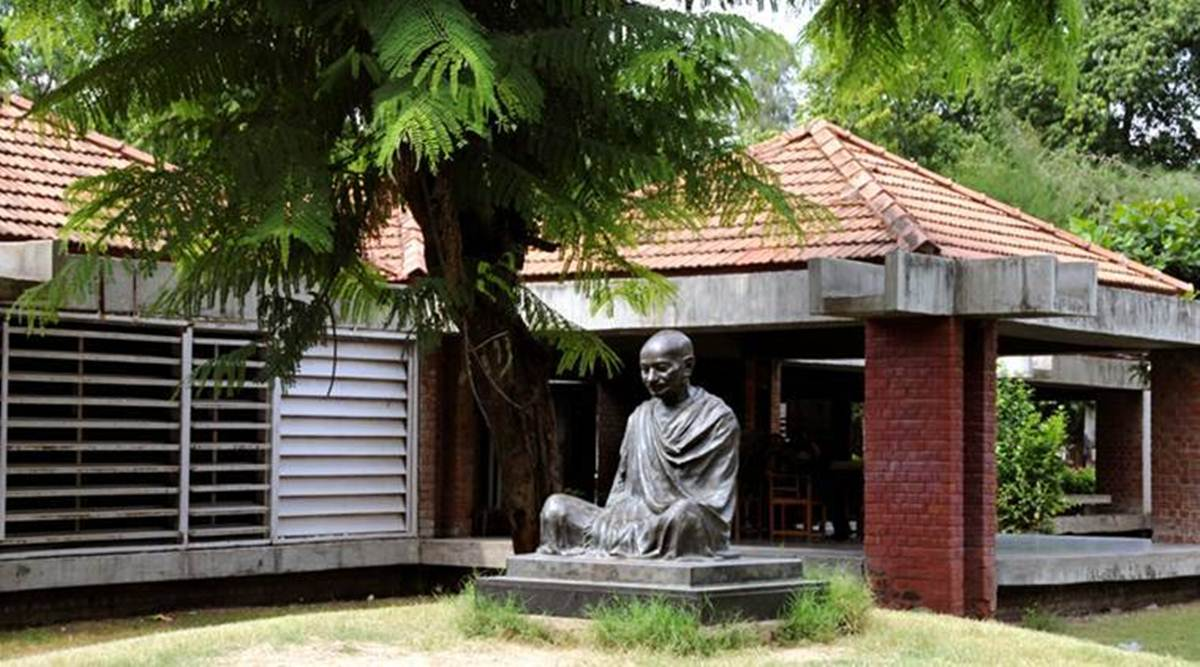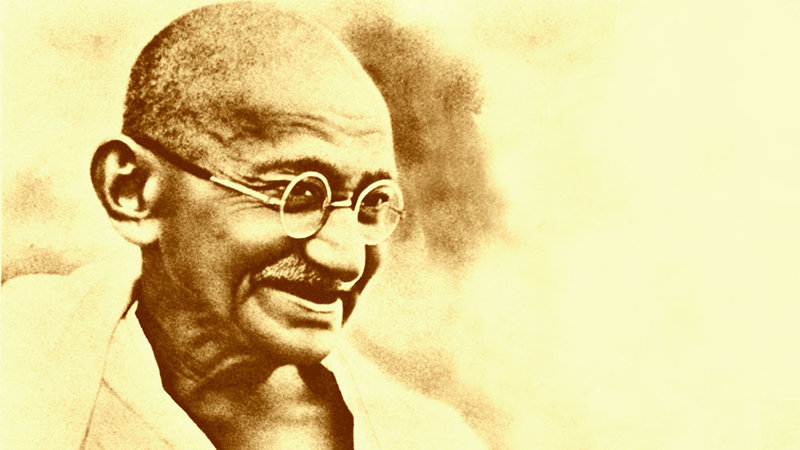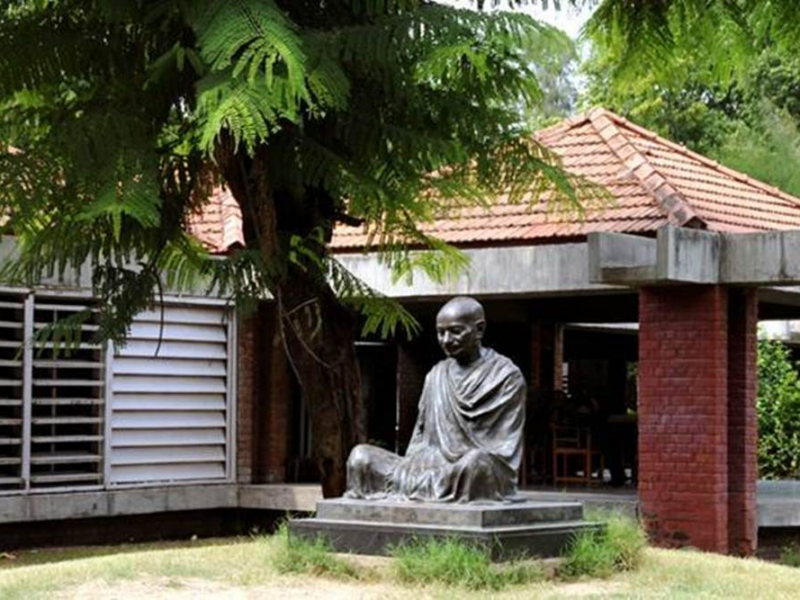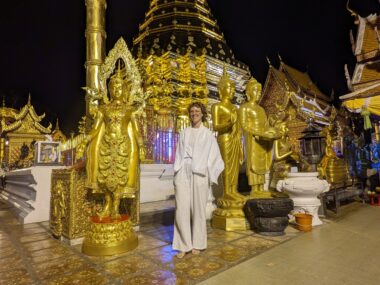
Table of Contents
Heading to Ahmedabad was like gearing up for a real adventure. The Gandhi Ashram was on my list, not just as a tourist but as someone eager to dig into the layers of Mahatma Gandhi’s story. This wasn’t about just tracing the steps of a historical figure; it was about getting to the heart of what made Gandhi tick.
Nestled along the Sabarmati River, the Ashram is more than just a serene spot; it’s a historical powerhouse that offers a deep dive into Gandhi’s life and legacy. From snippets of day-to-day life to the monumental influence of his teachings, this trip was about uncovering the real Gandhi, beyond the myth.
The Gandhi Ashram doesn’t just recount history; it invites us to interact with it, offering insights into his philosophy and the powerful ideas that led India towards independence. This is our chance to connect with history on a personal level, exploring the essence of Gandhi’s enduring legacy and the lessons it still teaches today.

Soaking Up the Vibes: Wandering Through Ahmedabad

Hitting the streets of Ahmedabad was like stepping into a live wire. The city’s energy is undeniable, filled with a mix of chaos and charm that catches you off guard. Walking around, you’re just as likely to dodge a leisurely cow as you are to weave through bustling markets. It’s the kind of authentic, raw urban life you don’t find just anywhere.
This city doesn’t just invite you to look; it pulls you into the rhythm of daily life here. Between the friendly faces, the layers of history, and the constant buzz, Ahmedabad flips any preconceived notions you had on their head. Let’s take this journey through the vibrant streets of Ahmedabad, where every corner turned is a new story waiting to happen.
Discovering the Gandhi Ashram: A Dive into History

Hitting the Gandhi Ashram in Ahmedabad, you instantly feel it’s not your average historical site. This place pulses with a blend of deep respect and genuine curiosity, all centered around Mahatma Gandhi, a key architect of India’s independence. Gandhi was all about non-violence and truth, pioneering civil disobedience tactics that didn’t just free a nation but inspired global movements for civil rights.
The ashram, set up by Gandhi in 1915, was essentially his base camp for plotting out some of the most groundbreaking strategies in peaceful protest and community upliftment. Fast forward to today, and it stands as a living monument, not just to Gandhi’s life but to the principles he championed.
Walking through the ashram, you’re not just tracing Gandhi’s footsteps. You’re diving into the essence of a man whose ideas continue to challenge and inspire. It’s a place that draws you in, whether you’re a Gandhi aficionado or just someone looking to understand the force behind such a monumental figure in history. Here, in this quietly powerful corner of Ahmedabad, Gandhi’s legacy is as palpable as ever, inviting reflection and offering insights into the power of peaceful resistance and moral conviction.
Everywhere I turned, there were portraits that seemed to gaze right back, artifacts that whispered tales of the past, and an atmosphere thick with the spirit of a man who literally changed the course of history. It was like stepping into a live documentary, where each item had its own story, painting a vivid picture of Gandhi’s life and the epic saga of the Indian independence movement.
Lessons Learned

The ashram was like a crash course in the power of peaceful resistance and the sheer force of will. Seeing Gandhi’s personal belongings, from his spinning wheel to his writing desk, made the abstract tangible. It was a deep dive into the philosophy of nonviolence and civil disobedience that Gandhi not just preached but lived, showing just how one person’s resolve can ripple out to affect monumental change.
Gandhi’s approach wasn’t just about fighting for independence; it was a blueprint for tackling injustice anywhere. This visit turned out to be more than just educational—it was inspirational, challenging me to think about the impact one individual can have, armed with nothing but conviction and moral clarity.
It was a mix of introspection, enlightenment, and a little bit of awe. It’s one thing to read about historical figures; it’s another to feel their presence in the spaces they inhabited. That day at the ashram, Gandhi’s ideals felt as alive and relevant as ever, serving not just as a lesson in history, but as a call to action for today.
I found myself surrounded by compelling portraits, precious artifacts, and the essence of Gandhi’s transformative journey. The visual story of his life and the Indian independence movement unfolded before me, underscoring his unyielding commitment to nonviolence and civil disobedience. It was a poignant reminder of the potency of one man’s impact on shaping history.
I got a real sense of Gandhi’s blueprint for an independent India. It wasn’t just about the big moments in history; it was also about the everyday—his push for self-reliance, unity across communities, and sweeping social reforms. These ideals were palpable in every part of the ashram, making it clear that Gandhi’s vision was as much about the method as the outcome.
Unexpected Encounters

While exploring, I literally ran into a crew that was all revved up and ready to roll on a mission that was as cool as it was impactful. Picture this: a group of local advocates mounted on their motorcycles, not just for a casual ride, but with a purpose that harks back to a historic moment. They were rallying to shine a light on India’s advancements, with a clever twist – they were carrying salt, echoing Gandhi’s legendary Salt March in a modern-day context. It was like stumbling upon a live-action history lesson, but with engines and a whole lot of spirit.
Chatting with these riders was an unexpected highlight, turning what could have been just another day into a mini-adventure. It was fascinating to see how they’re weaving Gandhi’s age-old principles into the fabric of today’s India, pushing for awareness in a way that’s both bold and badass. They weren’t just talking change; they were riding for it, making waves in their community and beyond.
This encounter threw a fun curveball into my journey, offering a firsthand look at how Gandhi’s legacy isn’t just preserved in museums but is roaring through the streets of modern India. It was a reminder that history isn’t just something you read about; it’s alive, kicking, and sometimes riding a motorcycle. This crew was living proof that the essence of Gandhi’s teachings could be just as compelling when mixed with a bit of adrenaline and a lot of heart.
So, there I was, getting a dose of history, culture, and activism, all served up with a side of motorcycle rally. It was an unbeatable combo that added an extra layer of awesome to my adventure, proving once again that the most memorable experiences often come from the most unexpected encounters.
Conclusion

Walking away from the ashram, the experience stuck with me. It wasn’t just about looking back at what Gandhi achieved; it was a reminder of the power of individual action and steadfast ideals in driving change. Gandhi’s legacy, it turns out, isn’t locked in the past. It’s a challenge to each of us to think about how we can apply those same principles of persistence and integrity today.
The visit was a prompt to not just admire Gandhi’s resolve from a distance but to consider how those same values could inform our actions and choices in the modern world. In essence, the Gandhi Ashram serves as a call to remember the impact of living by one’s convictions, offering a slice of history that feels surprisingly relevant to the challenges we face now.
To learn more about my India adventures, check out my latest piece on Rishikesh and my exploration of ancient Indian wellness practices.







